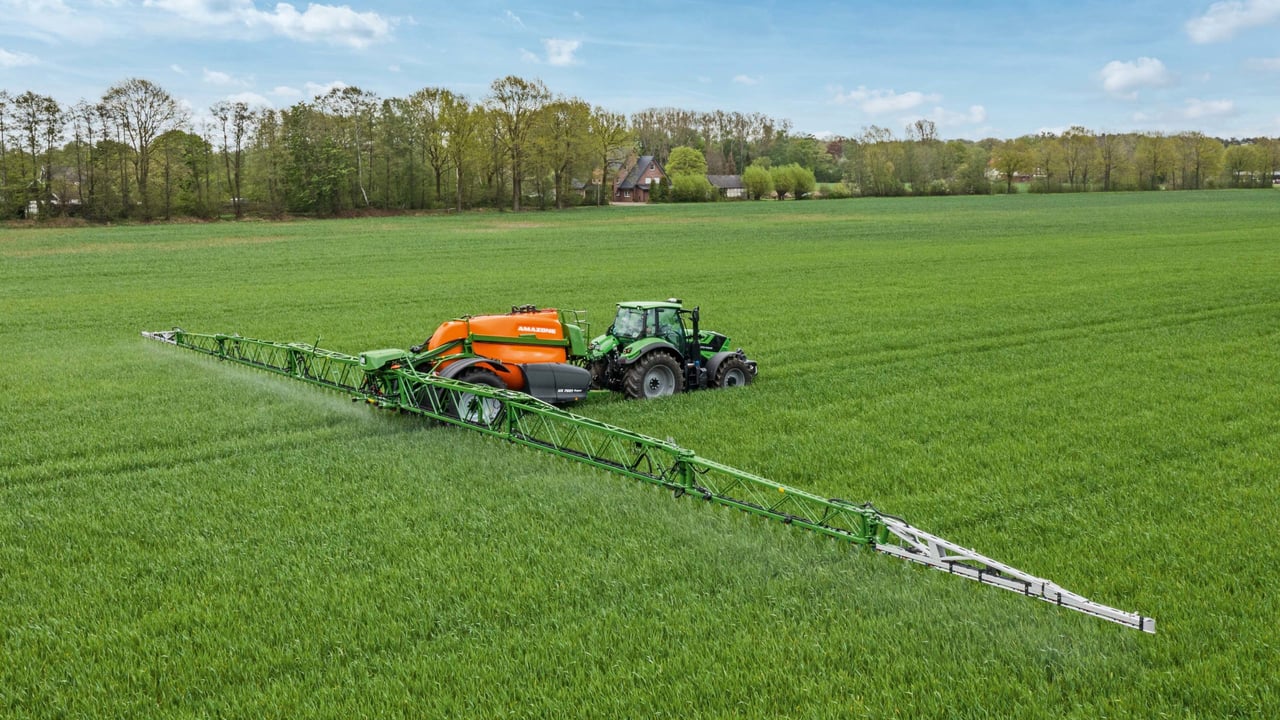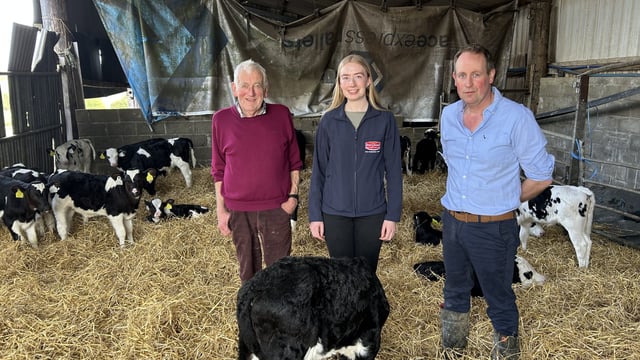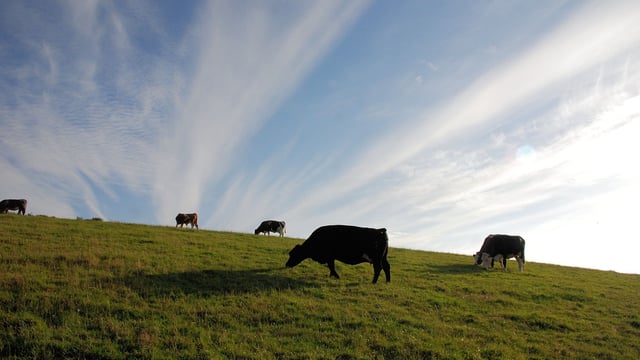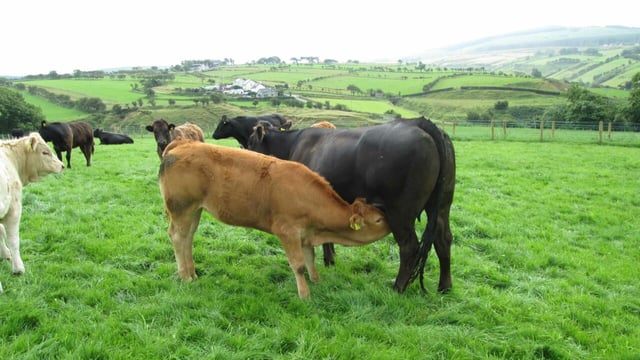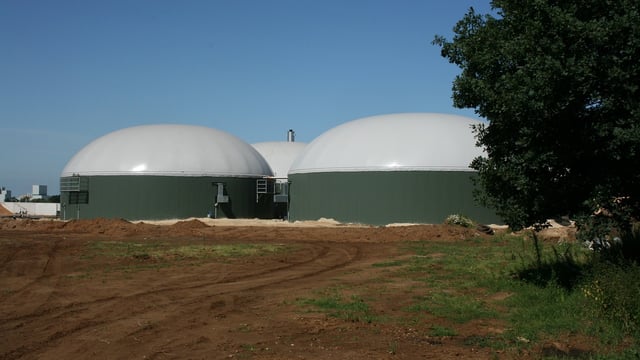Containment now the priority with glyphosate resistance
Teagasc is working closely with the farmer on whose land the first Irish case of glyphosate resistance in Italian ryegrass plants has been found.
Teagasc tillage specialist, Shay Phelan, told Agriland: “The issue is centred on one field.
“Priority number one is to contain the problem at that specific location. In practical terms, this means making sure that the resistant grass plants are not allowed to produce seed this year.
“The farmer in question is also undertaking a deep clean of all the machinery used within the business.”
According to Phelan, the farmer came forward with his agronomist to report the matter a couple of weeks ago.
“It will also be a priority to find out how the problem arose in the first place. During the period ahead, we will be working closely with colleagues in the UK, where glyphosate resistance in Italian ryegrass populations was confirmed recently," Phelan added.
Phelan declined to speculate if the identification of one resistant population in Ireland meant that the problem would be more widespread in nature.
“At this stage, it’s a case of sticking with the facts that we have,” he commented.
Meanwhile, the tillage specialist foresees a future within which mechanical weed control becomes more prominent on Irish farms.
“Tillage farmers will have to become more focused in the way they deal with grass weeds. Prior to this most recent issue, selective herbicide resistance within Irish grass weed populations had already arisen," Phelan continued.
“E.g., resistant populations of wild oats and blackgrass are already a reality on many farms across the country when it comes to the use of specific herbicides.”
Glyphosate resistance
Glyphosate resistance within an Italian ryegrass population growing in the UK was confirmed by the Weed Resistance Action Group in January of this year.
Globally, most cases of glyphosate resistance in Italian ryegrass have been identified in North and South America.
Although some cases have been reported in Europe (2006 in Spain and 2012 in Italy), identification and management of problematic weed populations mean the issue has not become a widespread... up to this point.
However, it would seem that a tipping point has been reached in relation to weed populations outpacing scientists’ capacity to develop new herbicides.
In turn, these circumstances are forcing agronomists to come up with entirely new ways of managing weed populations effectively within cropping systems.
And, as is often the case, it could well be a matter of re-learning lessons from the past.

